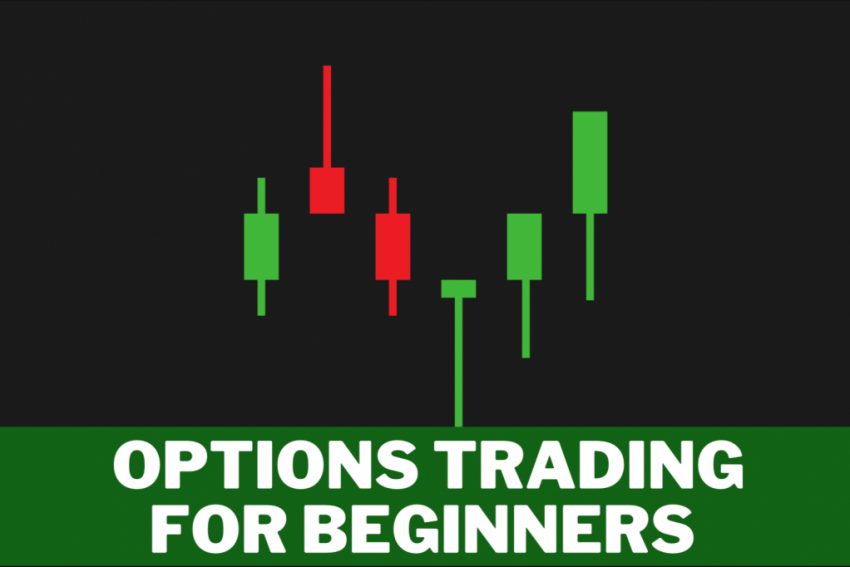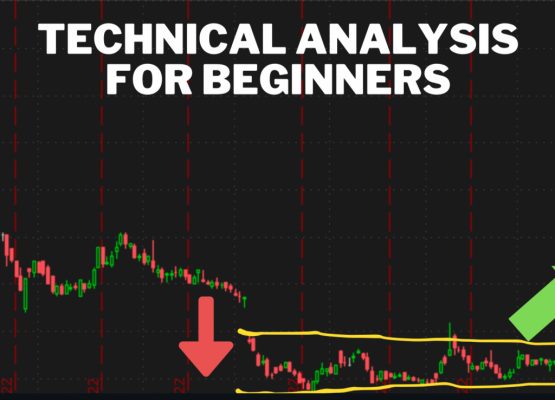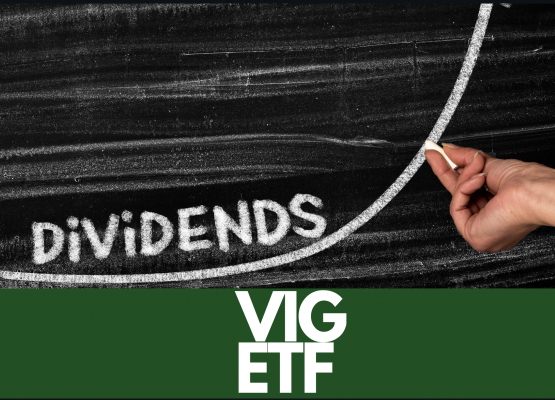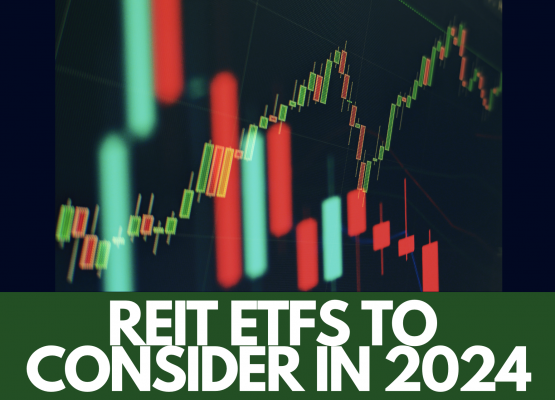The broad definition of an option is a derivative contract against an asset such as a stock, land, car, or something else, that gives you the right, but not the obligation, to buy or sell the asset at an agreed upon price over an agreed amount of time.
To give you a practical example of what an option is, you can think about buying a piece of land. If you wanted to have the right, but not the obligation to buy the property, you could reach out to the owner and request that they give you the option to buy the land over perhaps the next 30 days.
Once you agree upon a price with the owner (say $500 for the option), you sign the options contract, pay the money (the premium), and from that point forward, over the next 30 days, you have the exclusive right to purchase that property at any time for the agreed upon price. Once the option expires, so does the right to buy the property, at which point you could enter into perhaps another agreement with the owner, or simply move on.
Worst case, you’ve guaranteed yourself the ability to purchase the land for an agreed upon price, and you’re out $500. At any time within the 30 days of the contract, you call the owner to exercise the option, at which point you purchase the land for the agreed upon price.
This is probably the simplest way to understand options. It is simply a right that gives you the ability to take action (buy or sell) an asset within a specified time frame. As the buyer of an options contract, it’s important to remember that you are never forced into taking any action. Rather, you have the choice to take action for as long as the options contract is valid (up until the expiration day).
Index funds are a way to build exposure to the broad market for a low cost. They provide instant diversification and the ability to invest in a wide variety of assets within a single investment product.
When it comes to index funds, however, not all of them are created equal. Some index funds will track different indexes and invest in assets besides just stocks, while others may have higher costs and may be more or less diversified.
That’s why I wanted to discuss five index funds today that can widely diversify your portfolio for a low cost, across the entire U.S. stock market. Let’s get started!
Here are five low-cost index funds that provide exposure to the U.S. equity market:
- Vanguard Total Stock Market Index Fund (VTSAX): This fund seeks to track the performance of the CRSP US Total Market Index, which includes almost all publicly traded US stocks. The expense ratio is 0.04%, making it one of the lowest-cost index funds available.
- Schwab Total Stock Market Index Fund (SWTSX): This fund tracks the performance of the Dow Jones U.S. Total Stock Market Index and has an expense ratio of 0.03%. It provides broad exposure to the U.S. stock market, including large-cap, mid-cap, and small-cap stocks.
- iShares Core S&P 500 ETF (IVV): This ETF tracks the performance of the S&P 500 index and has an expense ratio of 0.03%. The S&P 500 is one of the most widely recognized benchmarks for the U.S. stock market and includes 500 large-cap US stocks.
- Fidelity Total Market Index Fund (FSKAX): This fund seeks to track the performance of the Dow Jones U.S. Total Stock Market Index and has an expense ratio of 0.015%. It provides broad exposure to the U.S. stock market, including large-cap, mid-cap, and small-cap stocks.
- SPDR S&P 600 Small Cap ETF (SLY): This ETF tracks the performance of the S&P SmallCap 600 index and has an expense ratio of 0.15%. The S&P SmallCap 600 includes 600 small-cap US stocks and provides exposure to this segment of the U.S. equity market.
You could mix and match these ETFs and mutual funds however you please, based upon your investing goals, objectives and risk tolerance. If you only wanted to invest in one of them for example, you’re still investing in a highly diversified fund, and thus are spreading out your risk across a wide portion of the market. By dollar-cost averaging on a regular basis and investing in any combination of these funds, you can build a highly diversified portfolio that lasts for years and decades to come.
You can even get started investing today with an online discount broker if you choose. It’s a fast and easy way to get instantly diversified in the market, and many online discount brokers these days do not even charge fees or commissions for investing in the above funds!
With this in mind, below you will see some basic terms associated with options trading.
It’s important to remember that when it comes to options, there are two types we deal with when talking about the equity (stock) market – call options and put options. Also, in the stock market, each call or put option represents 100 shares.
So, for example, if you bought an Apple $145 call option, while the stock was trading at $140, you would be hoping that the stock price increases in value above the $145 level. Conversely, if you bought an Apple $135 strike put option, you would be hoping the stock price declines in value below the $135 level.
If Apple rises above $145 in the case of the call option, you could exercise the option and buy Apple at $145 and immediately sell Apple at whatever market price it is trading at, thus realizing an immediate profit.
Conversely, if you bought an Apple $135 put option while the stock was trading at $140, you would be hoping that the stock falls below $135, perhaps to $130, at which point you could immediately sell your shares at $135 and buy them back cheaper at the lower price of $130, thus profiting the $5 difference per share.
Below are some of the basic terms associated with options trading. I will give some practical examples below these definitions to try and incorporate them for a better understanding.
Call Option – a bullish strategy that gives the buyer of the call option the right to buy 100 shares of stock at an agreed upon price, known as the strike price.
Put Option – a bearish strategy that gives the buyer of the put option the right to sell 100 shares of stock at an agreed upon price, known as the strike price.
Strike Price – the price of an options contract that a stock must be above (in the case of a call option), or below (in the case of a put option), for the option to have intrinsic value to the buyer of the option. Thus, the stock must be above (for calls) or below (for puts) the strike price upon the expiration day for the option to have intrinsic value.
Expiration Day – the day the option expires, and therefore will cease to exist. Each option has an expiration day and will lose a portion of its value each day as it approaches expiration (all else held constant). This decline in value is known as theta (time) decay, and it is one component that goes into options pricing. Simply put, an option loses a portion of its value each day as it approaches expiration, because there is less chance of the option going in the money before it expires.
Index funds are a way to build exposure to the broad market for a low cost. They provide instant diversification and the ability to invest in a wide variety of assets within a single investment product.
Index funds are a way to build exposure to the broad market for a low cost. They provide instant diversification and the ability to invest in a wide variety of assets within a single investment product.
When it comes to index funds, however, not all of them are created equal. Some index funds will track different indexes and invest in assets besides just stocks, while others may have higher costs and may be more or less diversified.
That’s why I wanted to discuss five index funds today that can widely diversify your portfolio for a low cost, across the entire U.S. stock market. Let’s get started!
Here are five low-cost index funds that provide exposure to the U.S. equity market:
- Vanguard Total Stock Market Index Fund (VTSAX): This fund seeks to track the performance of the CRSP US Total Market Index, which includes almost all publicly traded US stocks. The expense ratio is 0.04%, making it one of the lowest-cost index funds available.
- Schwab Total Stock Market Index Fund (SWTSX): This fund tracks the performance of the Dow Jones U.S. Total Stock Market Index and has an expense ratio of 0.03%. It provides broad exposure to the U.S. stock market, including large-cap, mid-cap, and small-cap stocks.
- iShares Core S&P 500 ETF (IVV): This ETF tracks the performance of the S&P 500 index and has an expense ratio of 0.03%. The S&P 500 is one of the most widely recognized benchmarks for the U.S. stock market and includes 500 large-cap US stocks.
- Fidelity Total Market Index Fund (FSKAX): This fund seeks to track the performance of the Dow Jones U.S. Total Stock Market Index and has an expense ratio of 0.015%. It provides broad exposure to the U.S. stock market, including large-cap, mid-cap, and small-cap stocks.
- SPDR S&P 600 Small Cap ETF (SLY): This ETF tracks the performance of the S&P SmallCap 600 index and has an expense ratio of 0.15%. The S&P SmallCap 600 includes 600 small-cap US stocks and provides exposure to this segment of the U.S. equity market.
You could mix and match these ETFs and mutual funds however you please, based upon your investing goals, objectives and risk tolerance. If you only wanted to invest in one of them for example, you’re still investing in a highly diversified fund, and thus are spreading out your risk across a wide portion of the market. By dollar-cost averaging on a regular basis and investing in any combination of these funds, you can build a highly diversified portfolio that lasts for years and decades to come.
You can even get started investing today with an online discount broker if you choose. It’s a fast and easy way to get instantly diversified in the market, and many online discount brokers these days do not even charge fees or commissions for investing in the above funds!
When it comes to index funds, however, not all of them are created equal. Some index funds will track different indexes and invest in assets besides just stocks, while others may have higher costs and may be more or less diversified.
That’s why I wanted to discuss five index funds today that can widely diversify your portfolio for a low cost, across the entire U.S. stock market. Let’s get started!
Here are five low-cost index funds that provide exposure to the U.S. equity market:
- Vanguard Total Stock Market Index Fund (VTSAX): This fund seeks to track the performance of the CRSP US Total Market Index, which includes almost all publicly traded US stocks. The expense ratio is 0.04%, making it one of the lowest-cost index funds available.
- Schwab Total Stock Market Index Fund (SWTSX): This fund tracks the performance of the Dow Jones U.S. Total Stock Market Index and has an expense ratio of 0.03%. It provides broad exposure to the U.S. stock market, including large-cap, mid-cap, and small-cap stocks.
- iShares Core S&P 500 ETF (IVV): This ETF tracks the performance of the S&P 500 index and has an expense ratio of 0.03%. The S&P 500 is one of the most widely recognized benchmarks for the U.S. stock market and includes 500 large-cap US stocks.
- Fidelity Total Market Index Fund (FSKAX): This fund seeks to track the performance of the Dow Jones U.S. Total Stock Market Index and has an expense ratio of 0.015%. It provides broad exposure to the U.S. stock market, including large-cap, mid-cap, and small-cap stocks.
- SPDR S&P 600 Small Cap ETF (SLY): This ETF tracks the performance of the S&P SmallCap 600 index and has an expense ratio of 0.15%. The S&P SmallCap 600 includes 600 small-cap US stocks and provides exposure to this segment of the U.S. equity market.
You could mix and match these ETFs and mutual funds however you please, based upon your investing goals, objectives and risk tolerance. If you only wanted to invest in one of them for example, you’re still investing in a highly diversified fund, and thus are spreading out your risk across a wide portion of the market. By dollar-cost averaging on a regular basis and investing in any combination of these funds, you can build a highly diversified portfolio that lasts for years and decades to come.
You can even get started investing today with an online discount broker if you choose. It’s a fast and easy way to get instantly diversified in the market, and many online discount brokers these days do not even charge fees or commissions for investing in the above funds!




